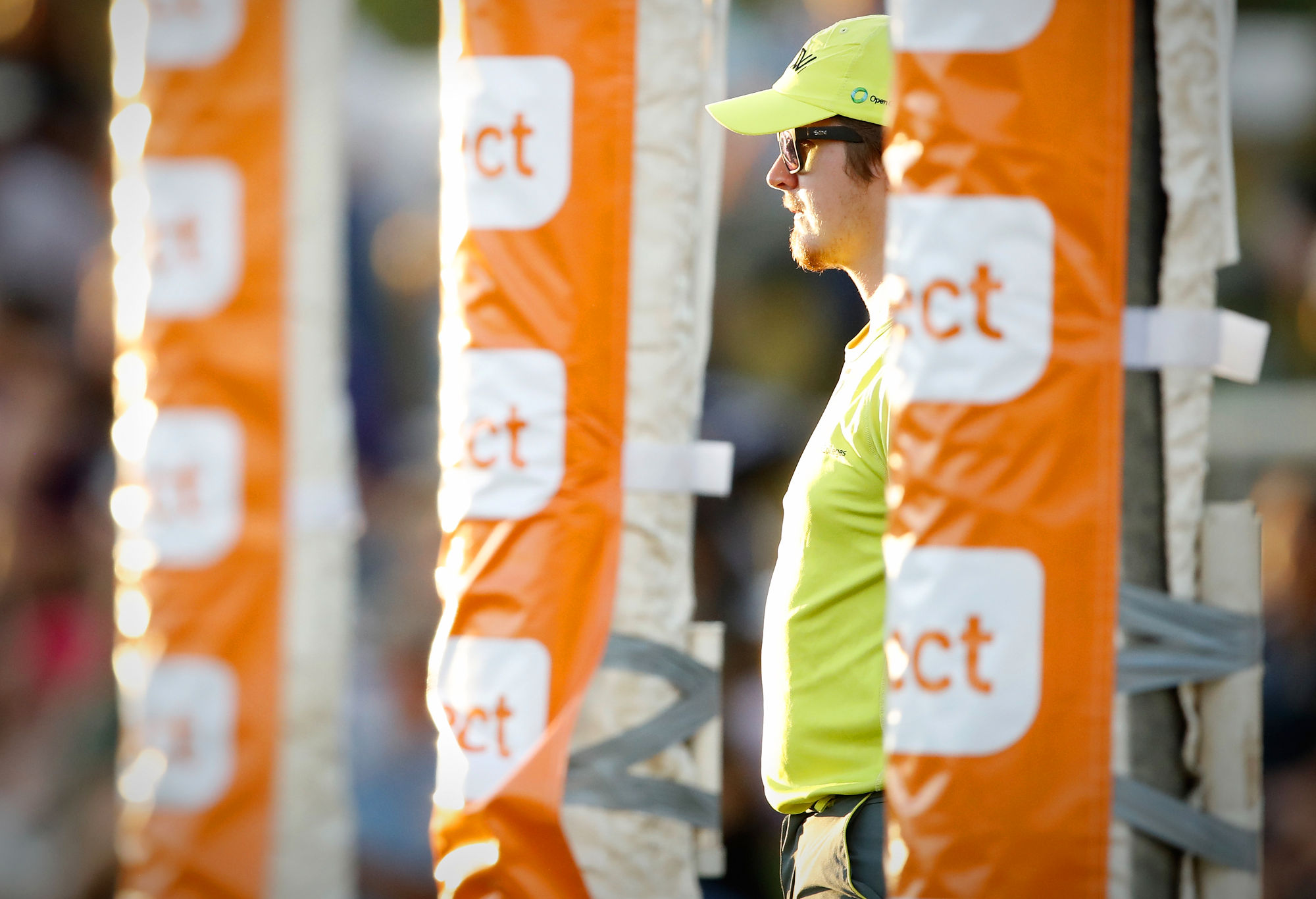'Let Connor down': Ken Hinkley's brutal admission on skipper's selection call after Showdown loss
Port Adelaide coach Ken Hinkley concedes his punt on Connor Rozee backfired spectacularly after the captain was hurt again in a 30-point loss to…
Extending all the way back to the invention of the game in the 1850s, it can be cathartic to read through the debates surrounding the rules of Australian Football.
One of the earliest debates was whether kicking, hacking (kicking the shins of an opponent) and tripping should be allowed to bring down a player in motion.
In 1859, tripping was allowed, but hacking was outlawed – and by the next year, both were outlawed.
But still, the debate went on.
Another early debate, which is still relevant, is the practice of ‘rabitting’.
Rabbiting was a move where you would deliberately lower yourself below the knees of an opponent forcing them to lose balance.
It was outlawed in 1874 – but, as we know, this rule has argued recently in the guise of the ‘forceful contact below the knee’ rule.
The controversy around this rule was back over the weekend, with Luke Darcy calling the current interpretation “the worst rule change we’ve ever had” and Wayne Carey declaring that “everyone hates it.”
Yet, the rule can trace its origins back over 100 years. Would there be less controversy if the public and others knew this?
The point of bringing up these two examples is to highlight that rule changes, and changing rule interpretations have always been a part of the game – and at times met with hostility. The new rules that the AFL is determined to introduce next season are no different.
The major problem with the new rules under consideration is that they ignore the history of the game. This is definitely true for zones.
The idea of zones has been raised many times. In 1894, ‘The Argus’ argued that restricting the number of players around the ball would be confusing and almost impossible to adjudicate.
The current proposal is simply to restrict where players stand at a centre bounce (with six forwards, six midfielders and six defenders) and as such could be argued as an extension of the centre square rule rather than a true zonal proposal.
The problem of how an umpire can have eyes of two places at once – the centre circles and the forward fifty – remains an issue.
Under the current rules, umpires can easily adjudicate centre square infringements as they are happening in the same vicinity. But starting next season, not only will umpires have to watch the centre square and the fifties, they will also have to make sure that two players remain in the goal square until the ball is bounced.
This is going to be near impossible to police and the necessity of having two players stand in the square is surely just overkill.
This brings us nicely to the goal square.
My issues with this is not that it won’t solve problems. It might. We don’t actually know because the AFL has not done enough research and the released data that has been horribly comprised.
Rather, my objection to the goal square being lengthened is based on aesthetics. It just looks silly.
This might be a stupid objection, but it’s not as stupid as the AFL doubling the length of an integral line marking based on the flawed evidence of training drills and only three games worth of data.
I know that’s a petty line of argument, but the AFL is simply acting stupidly.
The length and shape of the goal square has been a constant since 1897 and was one of the foundation rules of the VFL itself.
So, for the AFL to suddenly want to make a knee-jerk change to this part of the game is almost unfathomable.
In their desperation to ‘make the game better’, they are making an ill-judged attempt at a change that no one outside of AFL House wants. And it’s not the first time.
The administrators of the game have always had interesting ideas for how to improve the game.

(Photo by Adam Trafford/AFL Media/Getty Images)
In 1897, the VFA had agreed to implement a crossbar and remove behind posts for example.
Luckily, the breakaway of the VFL in the same year meant that this change got lost somewhere in between the two leagues.
The modern AFL has no impediments to rule changes, they propose it, and bodies that they control approve it. The fans are left out of the conversation entirely.
To simplify the rule book is good, to leave fewer grey areas is good.
Sure, fix up the ‘holding the ball’ interpretation. Change the ‘deliberate out of bounds’ rule, but don’t impose rule changes that go against the ideals and history of the game – changes that will limit the game.
The six-six-six rule will limit tactics, hamper options for coaches and limit the spectacle.
Give it a try over a couple of pre-seasons if you want to, in order to actually get some useful data.
Just please don’t impose a hastily written set of rules on the public simply because you are under the thumb of TV networks and their need for advertising dollars.
In the past, the fans – not the league – shaped the rules of the game. We can do it again.
If the new rules turn into a disaster, fans must vote with their wallets and stop turning up to games. A lowering of crowd numbers is something the AFL definitely understands and something that they will respond to.